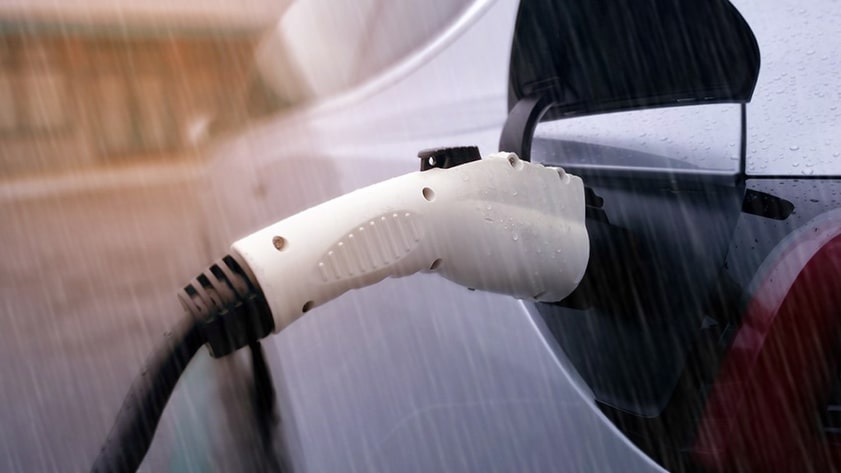Wet Weather Charging: Exploring the Safety Measures for Electric Car Owners
Posted On Jun 28 2023
Electric vehicles (EVs) continue to gain popularity. So owners need to understand the safety considerations when charging. And especially their cars in wet weather conditions. EVs are built to handle various weather conditions, including rain. Still, taking proper precautions is crucial to ensure safe and reliable charging.
Cash For Cars Sydney will explore in this blog about the safety measures electric car owners should consider.
Exploring the Safety Measures for Electric Car Owners
Choose a Suitable Charging Station
Choose a charging station that is built to withstand outdoor conditions. Look for charging stations with appropriate weatherproofing and electrical safety certifications. Ensure that the charging cables and connectors are in good condition. And also free from damage or fraying. Using charging stations with a high IP (Ingress Protection) rating is recommended. It is to provide enhanced protection against water and dust.
Location and Positioning
Select a suitable location for charging your electric car in wet weather. Choose a spot that offers protection from heavy rain or direct exposure to water. Position your vehicle to minimize the risk of water entering the charging port. Avoid parking in areas prone to flooding or standing water. It is to prevent any electrical hazards.
Use Dry Hands and Equipment:
Before connecting or disconnecting the charging cable, ensure your hands are dry. Moisture or wetness on your hands can increase the risk of electrical shock. If you notice any water or moisture on the charging cable or connectors, wipe them dry using a clean cloth. It’s crucial to handle all charging equipment with dry hands. This is to maintain safety during wet weather charging.
Inspect Charging Equipment
Perform regular inspections of your charging cables, connectors, and charging port. Look for wear and tear, corrosion, or any visible damage. If you notice any issues, such as exposed wires or loose connections, refrain from using them. Routine maintenance and inspection of charging equipment. This ensures safe and reliable charging, especially in wet weather conditions.
Use Ground Fault Circuit Interrupters (GFCIs)
Ground Fault Circuit Interrupters (GFCIs) are essential safety devices that check electrical currents. Also, they protect against electrical shocks. It’s recommended to use GFCI outlets or install portable GFCI devices. Do this for outdoor charging stations. These devices detect any electrical imbalances. And it immediately cut off the power supply to prevent electric shock hazards.
Avoid Using Extension Cords
Using extension cords for electric car charging in wet weather is not advisable. Extension cords may not have the appropriate weatherproofing or electrical capacity. It is required for charging electric vehicles. Use the charging cable with your vehicle, or invest in a high-quality one. Consult your EV manufacturer’s guidelines for recommended charging cables and accessories.
Be Cautious with Wet Charging Cables and Connectors
In wet weather, exercise caution when handling charging cables and connectors. Avoid letting the connectors come into contact with water or wet surfaces. Always disconnect the charging cable from the charging station. Do this before detaching it from your vehicle. It is to prevent any water ingress into the connectors. Store the charging cable in a dry place when not in use to maintain its integrity.
Charging Process
Check the charging process while your electric car is charging in wet weather. It is to ensure there are no issues or interruptions. If you observe any anomalies or electrical malfunctions, immediately stop the charging. And then seek professional help. Safety should always be the top priority when charging your electric car. And especially in challenging weather conditions.
Charge your electric car in wet weather by following essential safety measures. Choose a suitable charging station, handle equipment with dry hands, and do regular inspections. And avoiding the use of extension cords. These are crucial steps to ensure safety during wet weather charging.
